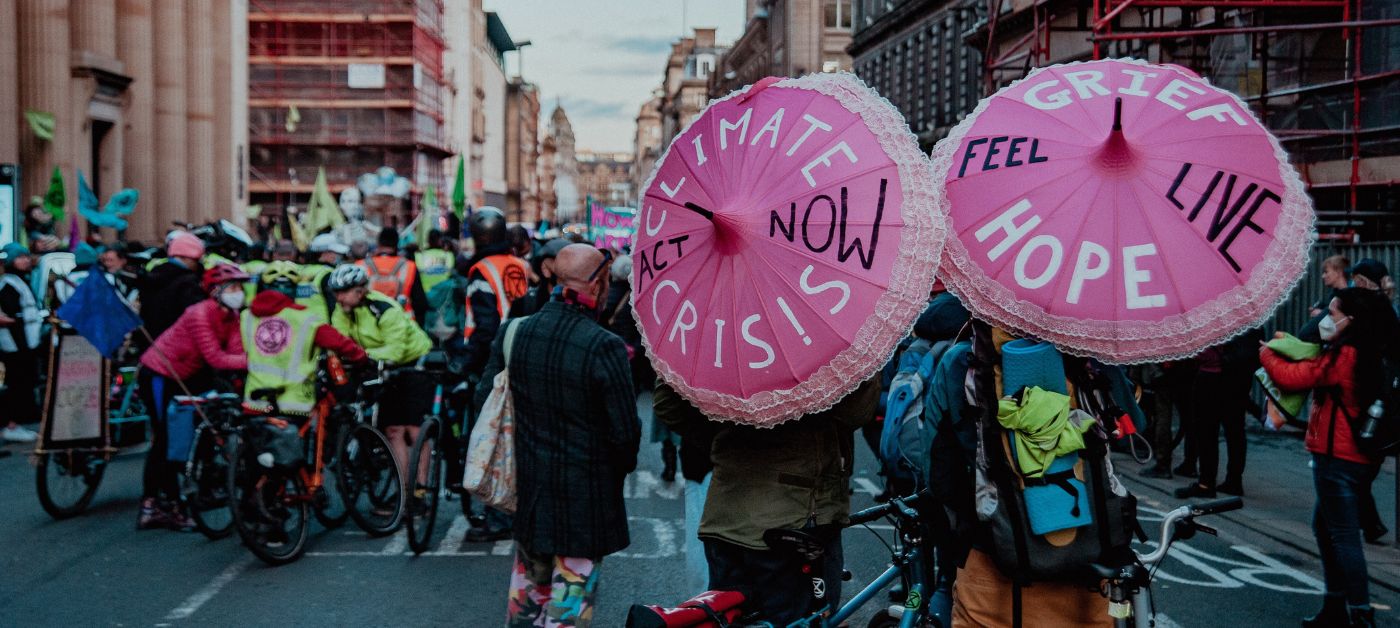Conference of the Parties – COP – is the name of the yearly international meeting that focuses on climate change. The purpose is to supervise and organise the efforts to fight global warming. The UN has arranged COP meetings since 1995. The participants are always the member countries of the UNFCCC (United Nations Framework Convention on Climate Change). However, other actors also participate as observers, speakers, and advisors.
Background
The first global environmental agreement was the UNFCCC, created in 1992. UNFCCC also addresses the secretariat to the environmental deal. It states that industrialised countries should take more responsibility than developing ones to fight climate change. More so, UNFCCC is the foundation of all the environmental work organised by the UN.
The decision-making body of the UNFCCC is the Conference of the Parties, the COP meetings. The first one was in 1995. The Kyoto protocol and the Paris Agreement are two of the most significant outcomes of these meetings.
Conference of the Parties meetings
The first COP meeting took part in Berlin in 1995. Naturally, it was called COP1. Since then, there have been 27 other meetings. Furthermore, one of the most famous meetings was COP21 in Paris in 2015. It is well known since it resulted in a comprehensive international effort known as the Paris Agreement. Through this agreement, countries decided to keep global warming below 2°C. This deal requires enormous global and national efforts. For example, the world needs to phase out burning fossil fuels as soon as possible.

COP or CMP
Concerning the Conference of the Parties, it is common to hear about CMP, Meeting of the Parties. These meetings occur at the same time. However, the CMP only includes nations that have signed the Kyoto protocol. In short, the Kyoto protocol is the international agreement that came before the Paris Agreement. It came into force in 2005 when the parties met for the first time. Therefore, the first CMP, CMP1, occurred at COP11 in Montreal, Canada. More so, the Kyoto protocol is one of the most critical and historic global agreements about the climate. It states that global warming is occurring and that humans have caused it.
All the Conference of the Parties:
1995: COP 1, Berlin, Germany
1996: COP 2, Geneva, Switzerland
1997: COP 3, Kyoto, Japan
1998: COP 4, Buenos Aires, Argentina
1999: COP 5, Bonn, Germany
2000: COP 6, The Hague, Netherlands
2001: COP 6, Bonn, Germany
2001: COP 7, Marrakech, Morocco
2002: COP 8, New Delhi, India
2003: COP 9, Milan, Italy
2004: COP 10, Buenos Aires, Argentina
2005: COP 11/CMP 1, Montreal, Canada
2006: COP 12/CMP 2, Nairobi, Kenya
2007: COP 13/CMP 3, Bali, Indonesia
2008: COP 14/CMP 4, Poznań, Poland
2009: COP 15/CMP 5, Copenhagen, Denmark
2010: COP 16/CMP 6, Cancún, Mexico
2011: COP 17/CMP 7, Durban, South Africa
2012: COP 18/CMP 8, Doha, Qatar
2013: COP 19/CMP 9, Warsaw, Poland
2014: COP 20/CMP 10, Lima, Peru
2015: COP 21/CMP 11, Paris, France
2016: COP 22/CMP 12/CMA 1-1, Marrakech, Morocco
2017: COP 23/CMP 13/CMA 1-2, Bonn, Germany
2018: COP 24/CMP 14/CMA 1-3, Katowice, Poland
2019: COP 25/CMP 15/CMA 2, Madrid, Spain
2020: COP26 was supposed to take place in Glasgow, Scotland, in 2020. However, it happened in 2021 due to the Covid-19 pandemic.
2021: COP26, Glasgow, Scotland
2022: COP27, Sharm El Sheikh, Egypt
2023: COP28, Dubai, United Arab Emirates
Example of source: Met Office

